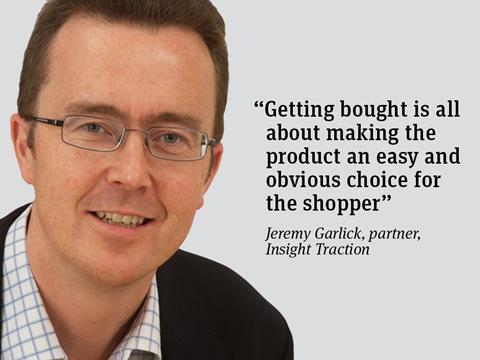
In my last two columns I talked about the importance of understanding shopper needs, behaviour and psychology at the point of purchase. How often small things - in product design, merchandising and communication - can have a big impact on the shopper.
First, I talked about getting seen. Second, getting understood. Now let’s move on to the crucial third part - actually getting bought. Getting bought is all about making the product an easy and obvious choice. And there are three ways to do this.
First, make it physically easy to buy. The easier something is to do, the more likely we are to do it. Just making a pack easier to pick up - through pack structure or through a handle - can make a big difference to whether a shopper picks a product up or not.
This can also work the other way. The harder something is to do, the less likely we are to do it. For example, in several countries, restricting the number of painkillers that can be bought in one shopping visit has significantly reduced the incidence of suicide. You might think that if you had decided to take your own life, the effort of visiting enough outlets to stockpile the necessary pills, wouldn’t be much of a hurdle. But that isn’t the case. So it’s not surprising that small hurdles in store can have a surprisingly large impact on sales.
Second, make your product a rationally obvious choice. Humans like to justify their behaviour - whether to themselves or to others. So do shoppers. So give a clear reason to buy at the point of purchase. This may be a performance claim (‘kills 99% of germs’), a recommendation (‘Which? #1’) or a ‘social proof’ message (‘Britain’s favourite jam’). It needs to be simply expressed so it ‘lands’ in the short attention window it is granted by shoppers.
Thirdly, make your product a psychologically obvious choice. This is about creating the right selling environment. In fresh food, it typically means clean, fresh and abundant displays. In personal care, showcasing the product and experience through lights, mirrors and displays.
But it’s also about signalling the usage occasion. For instance, this isn’t just a piece of beef, it’s part of a roast dinner. And that in turn, isn’t just a physical meal, but a prized social occasion with loved ones. There is much more value in the concept of ‘a family roast’ than the concept of ‘beef for roasting’. Sainsbury’s recent activity selling meals from its fresh gondola tries to add value in this way.
So make your product the easy and obvious choice. Make it physically easy to pick up. Make it a rationally obvious choice. Make it a psychologically obvious choice. Your product is much more likely to get bought.
Jeremy Garlick is a partner of Insight Traction







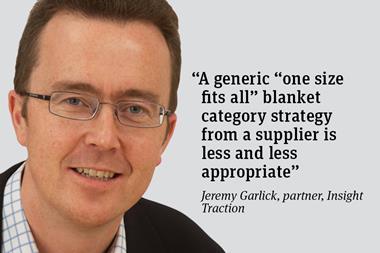
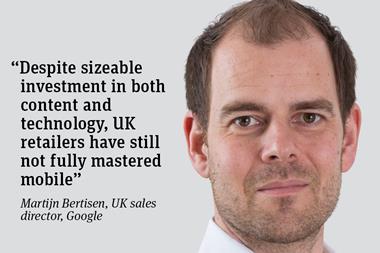
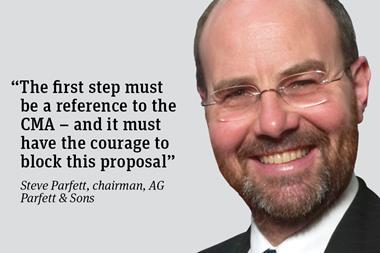


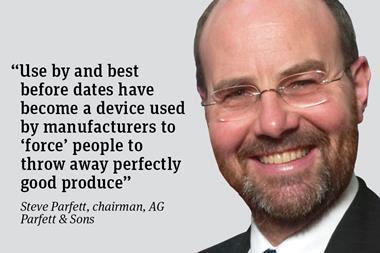






No comments yet